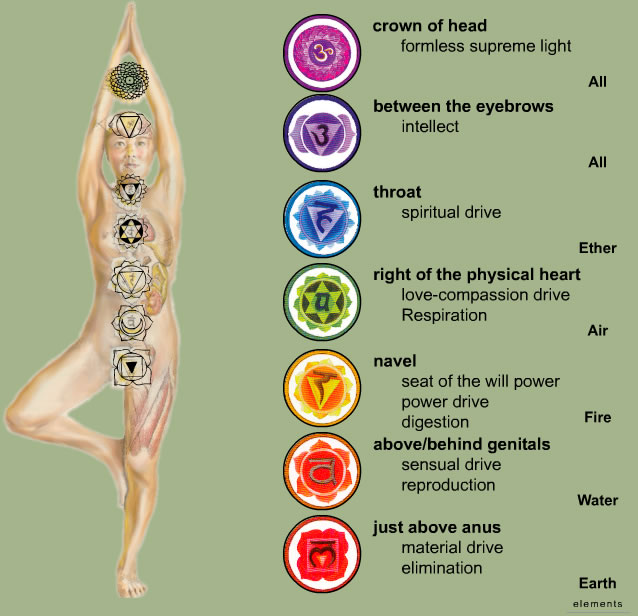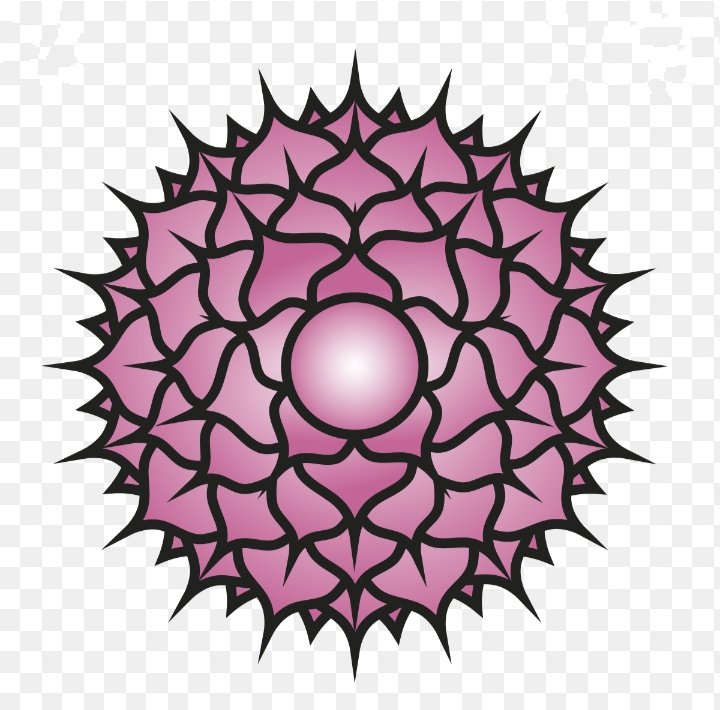7 Chakras of a body in Sanatan Dharma
The word chakra is derived from Sanskrit, meaning “wheel”, or “circle of life”. They consist of seven main energy centers found in the body and is associated with a variety of colours, symbols and Hindu devi/devtas.
In Hinduism, the continuous flow of energy throughout the chakras is referred to as “Shakti”. The concept of chakra was first mentioned in the ancient sacred Hindu text, the Vedas, but also plays an important role in Tibetan Buddhism.
Chakras are located along the spine and influence different nerve systems, organs and glands with their energy. These vortexes of energy are originated from Brahman, according to Hindu beliefs.
It is presumed that as Shakti flows from one chakra point to another it exhausts the body and soul. The energy that becomes coiled in the base of the spine (root chakra) is called Kundalini. Kundalini in order to attain a greater consciousness and merge it with the infinite consciousness of Brahman. Through meditation and Kundalini yoga, the energy can pass back up the spine until it reaches the top of the head.
crown chakra), producing a mystical experience. The names of 7 chakras are: 1) Muladhara (Lam) Life 2) Svadishthana (Vam) Order 3) Manipura (Ram) Wisdom 4) Anahata (Yam) Love 5) Visuddha (Ham) Power 6) Ajna (Om) Imagination 7) Sahasrara Understanding and Will
Just as the womb of the mother creates the basic requirement for the growth of the embryo, the Mūlādhāra Chakra forms the basis and the starting point for our spiritual development. It is the foundation from which we climb the ladder of the Chakras; the root from which we receive the nourishment for our spiritual development. For this reason, and because it lies at the lowest point of the spinal column below the Coccyx, it also bears the name “Root Chakra”.


Source:









